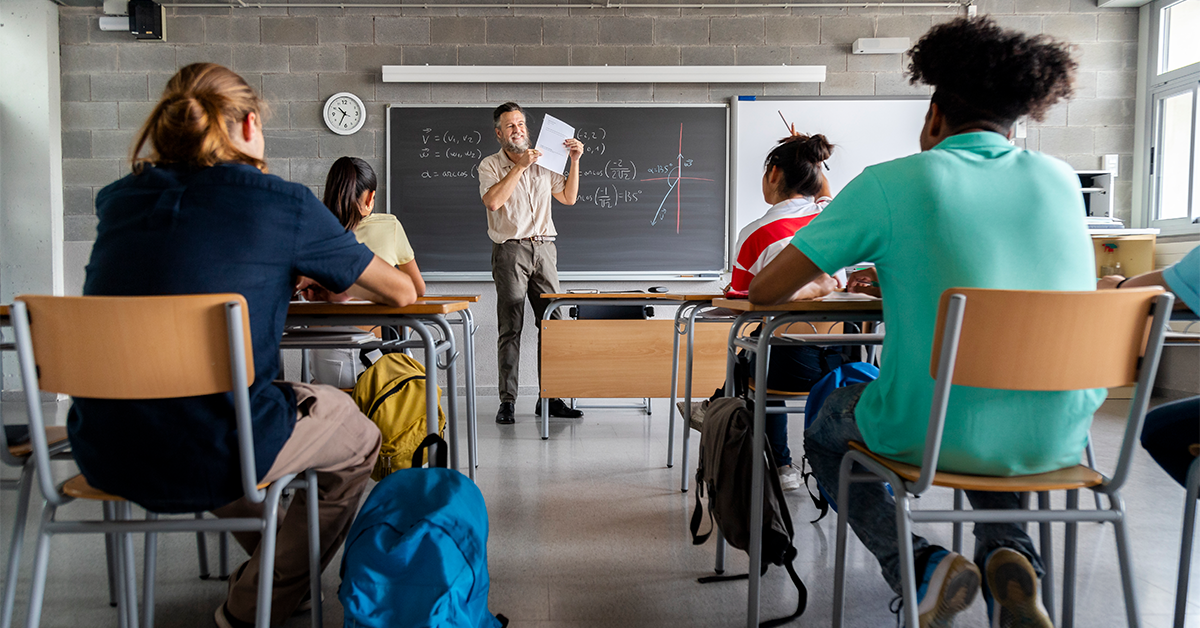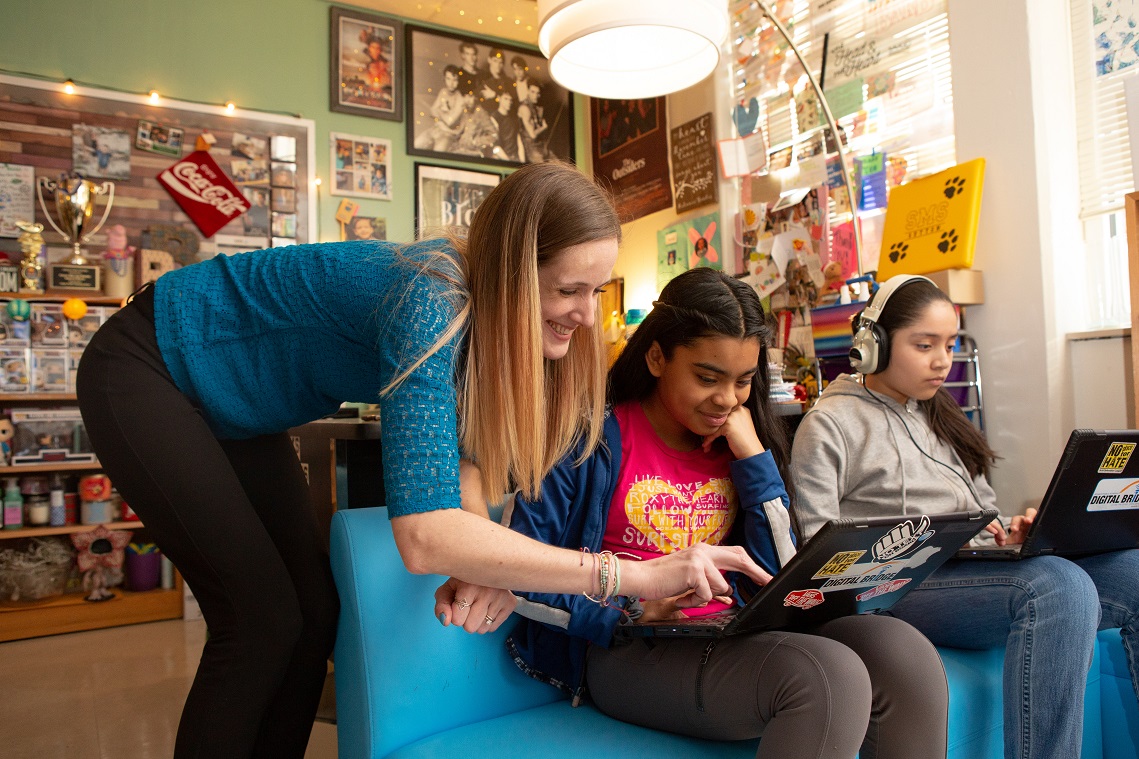How to Build Culturally Responsive Classrooms
NMSI |
March 10, 2023
Several factors — the push for classroom equity, inclusivity and anti-racist practices — have made culturally responsive teaching a bit of a buzzword in the educational landscape. However, research has shown that it is more than jargon, fostering many positive student outcomes.
Continue reading to learn more about how a culturally responsive teaching approach benefits students and tips to incorporate it into your classroom.
Defining Culturally Responsive Teaching
Culturally responsive teaching is a research-based approach to teaching that recognizes culture is central to learning. It connects students’ cultures and life experiences with learning in school. It plays a role in how information is communicated and received and shapes the thinking process of groups and individuals.
At its core, culturally responsive teaching ensures that educators and the education system meet all students’ needs.

Student Benefits
Research suggests that students receive multiple benefits from culturally responsive teaching, also known as culturally responsive pedagogy, promoting the social, emotional and academic development of all students by:
Facilitating Brain Processing
Neuroscience studies show that culture is a driving force for how brains process information. In other words, students learn better when teachers use materials relevant to their cultural background. For example, students with a background of strong oral traditions learn information best through music and storytelling.
Engaging and Motivating
Practicing culturally responsive teaching enables teachers to connect academic concepts to their students’ everyday lives, making learning more personally meaningful, engaging and effective. For example, one study found that a small group of Black students who participated in a culturally relevant mathematics class were more motivated to engage in mathematics and felt more confident taking standardized tests.
Cultivating Critical Thinking and Problem-Solving Skills
Recognizing and valuing the diverse experiences and cultural perspectives that students bring to the classroom can lay the foundation to build student awareness of social justice issues they may encounter. In addition, incorporating project-based activities around those issues can teach students critical thinking and problem-solving skills.
For example, one case study showed how seventh- and eighth-grade Latinx students in math class used traffic stop data to understand racial profiling in their community. In addition, the project helped them gain a more robust understanding of math concepts.
Promoting a Sense of Belonging and Safety
Studies have shown that ensuring students feel connected and safe in school is a significant component of learning. Culturally responsive teaching helps teachers nourish these feelings by demonstrating care, establishing respectful relationships with students and encouraging socialization.
Strengthening Ethnic and Racial Identities
Implementing culturally responsive teaching supports students’ ethnic and racial pride. Studies show that ethnic and racial pride are linked to school engagement and improved grades.

Five Tips for Incorporating Culturally Responsive Teaching into Classrooms
Get To Know Your Students
Although it can be challenging in a large classroom, you need to understand your students well before you can effectively teach in a culturally responsive manner. Get to know them as individuals, including their cultural backgrounds, experiences and perspectives. Ask open-ended questions, listen to what they have to say, and be respectful of their views.
Incorporate Various Perspectives
To create a truly inclusive classroom, it’s important to include multiple perspectives. For example, incorporate different cultural backgrounds, beliefs and experiences into your lessons and curriculum. For example, if you are teaching about a historical event, consider including perspectives from different cultural groups that were affected by that event.
Use Culturally Relevant Materials
Incorporating culturally relevant materials into your lessons can help students feel more connected to the material and the classroom. These could include books, movies, songs or artwork that reflect the experiences of different cultural groups. Using these materials can also help to promote a deeper understanding of other cultures.
Foster a Positive Classroom Environment
Creating a positive and inclusive classroom environment is key to culturally responsive teaching. It requires promoting respect for all students, encouraging open communication and collaboration, and working to create a safe and supportive learning environment for everyone.
Be Flexible
Culturally responsive teaching is not a one-size-fits-all approach. It’s essential to be flexible and willing to adapt your teaching style to meet the needs of your students. It may mean modifying your lesson plans or adjusting the pace of your lessons to accommodate your students’ diverse learning styles and needs.
Culturally responsive teaching honors the different cultures represented by your students. It’s an important approach that can help to create a more inclusive and supportive learning environment for all students. By taking the time to understand and value the cultural backgrounds and experiences of your students, you can help to promote a deeper understanding of different cultures and to create a more meaningful and engaging learning experience for everyone.
Get the Support You Need
The National Math and Science Initiative offers programs and resources to help schools build inclusive classrooms. We weave culturally responsive education into our training and offer teacher communities that connect educators from across the nation to practice together and reflect on their teaching and the needs of their students. We design our programs to meet educators at the intersections where help is needed to become high-quality teachers who deliver better student outcomes.